Best steel road bikes: They say 'steel is real', and here's a roundup of bikes that prove it
Not all steel road bikes are heavy, slow and cumbersome - here's Cyclingnews' roundup of the best available
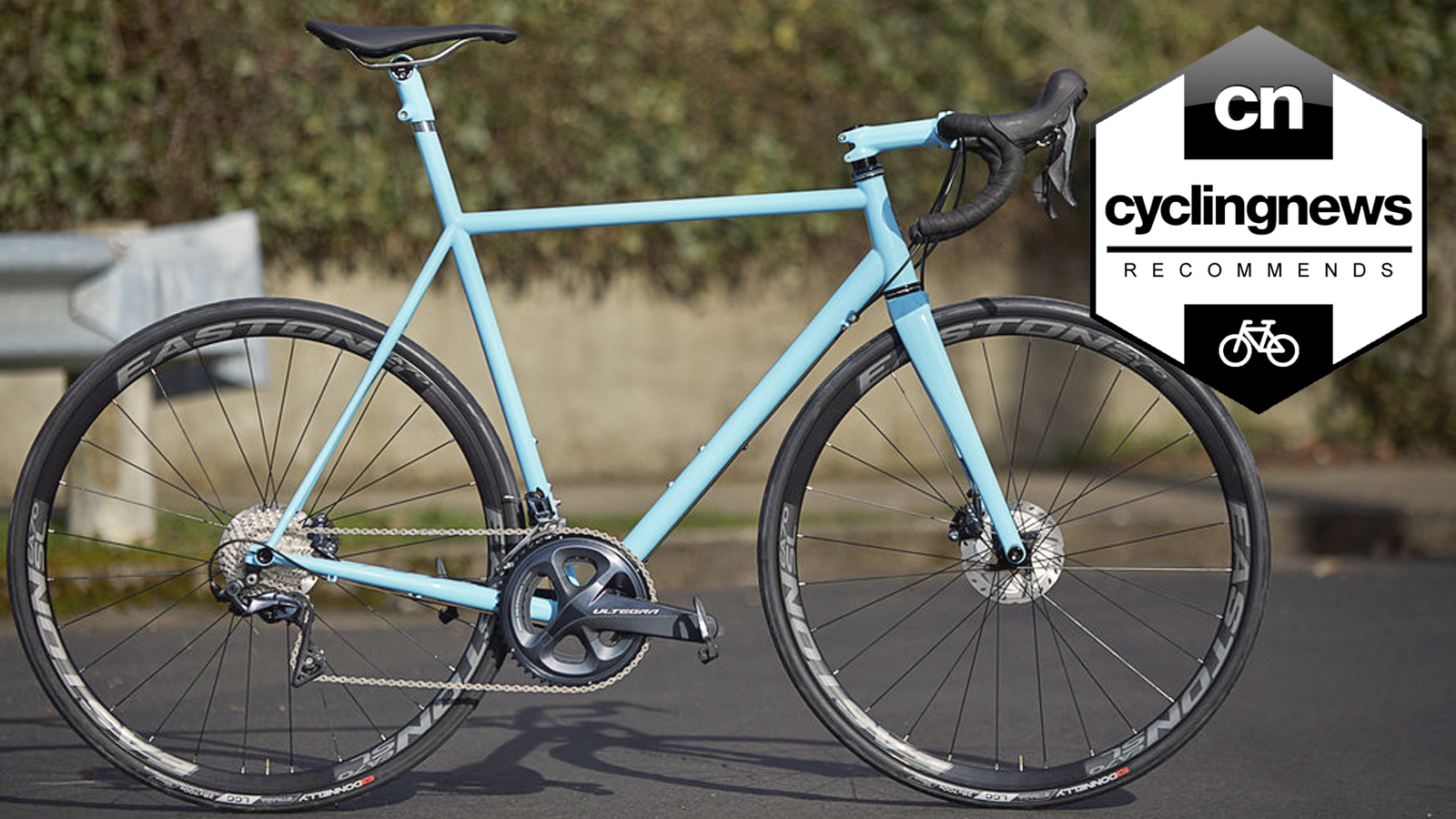
While steel has been mostly superseded by materials such as aluminium and carbon fibre, steel bikes still have a passionate following, with plenty riders refusing to ride anything else. As the saying goes, 'steel is real', and as a frame material, it provides a smooth and springy ride quality that no other frame material can match.
Steel is stiff, durable, and a comparatively easy material to work with; if your frame does break, a local welder should be able to fix you up. But steel is heavy compared to other frame materials and is subject to corrosion, too.
The best steel road bikes you can buy
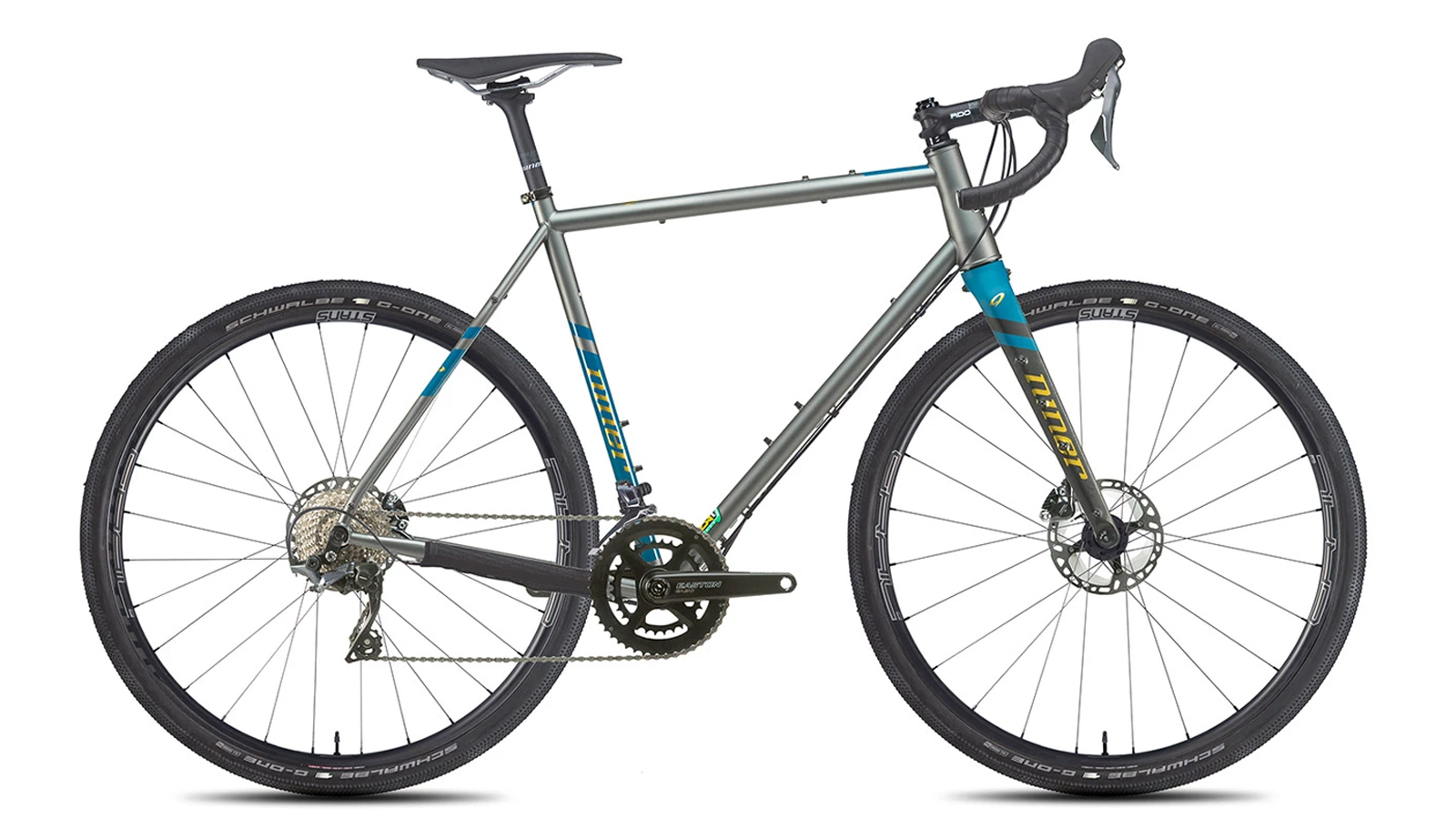
Niner RLT9
Specifications
Reasons to buy
Reasons to avoid
Yes, we know the Niner RTL9 Steel is technically an adventure bike (in fact it's actually one of the best gravel bikes under £1,000), but it's got drop bars and we love riding it, so it's made our list. Hailing from Fort Collins, Colorado, the frame is based around TIG welded Reynolds 853 tubing, and takes advantage of a tapered steel headtube and thru-axles at both ends.
The upright position means you can ride it all day without straining your neck and lower back, while the slack angles and long-wheelbase keep the bike stable over rough roads.
With rack mounts galore, the RTL9 gets Niner's RDO carbon fork, an Ultegra group, Stan's No Tubes Grail CB7 gravel wheels and Schwalbe G-One 38mm tyres.
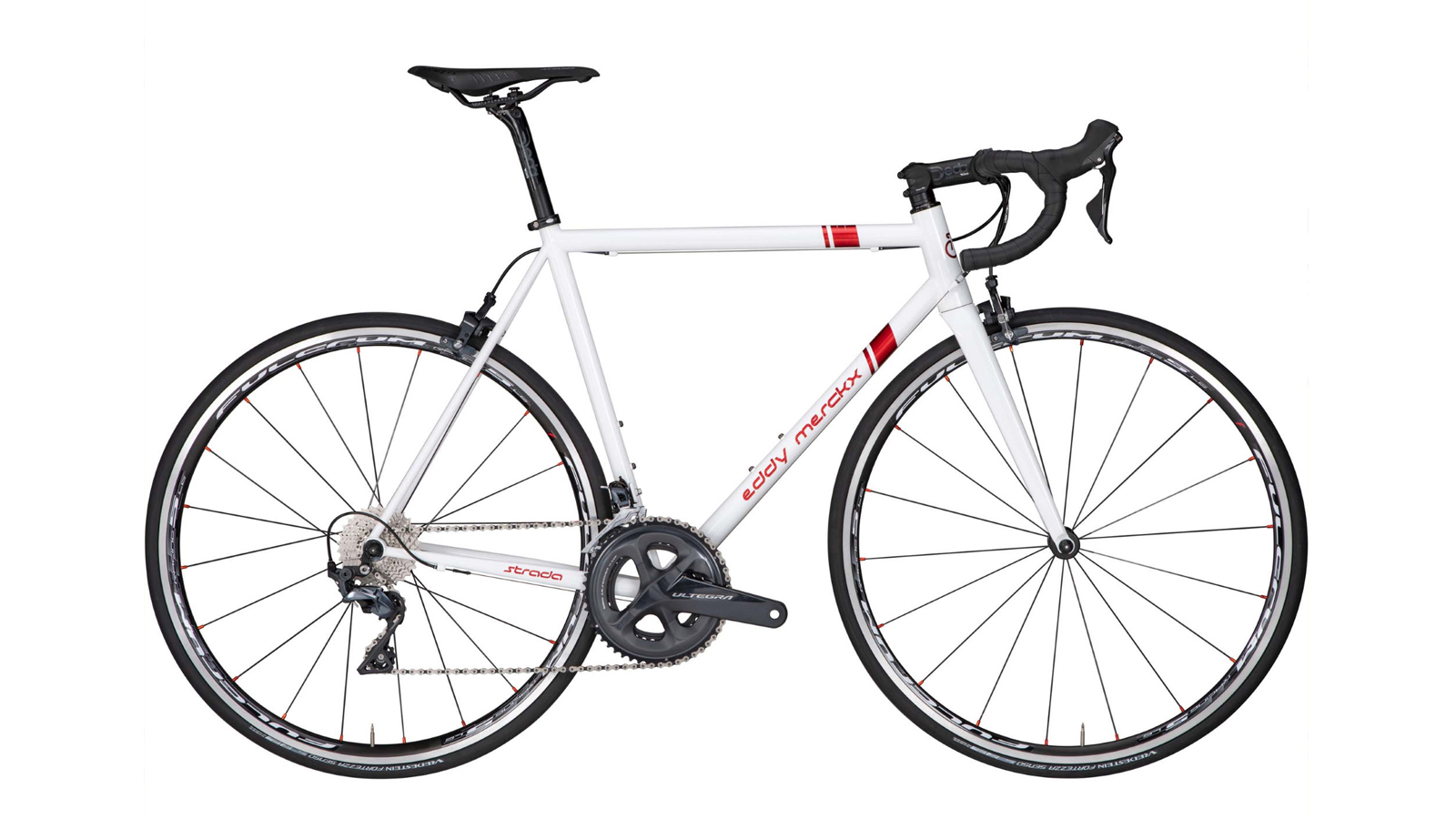
Eddy Merckx Strada Ultegra Road Bike
Specifications
Reasons to buy
Reasons to avoid
Previously Eddy Merckx's Strada bikes were offered as an affordable option to their race thoroughbred Corsa model. Nothing has changed, with the Corsa offering a premium custom experience, the Strada comes as an off the shelf bike to bring similar performance at a more affordable price point.
The Strada is crafted from premium Columbus Steel just as the original bikes were although they now come equipped with a carbon fork. Bikes can be equipped with a choice of drivetrains from Campagnolo or Shimano. While both drivetrain brands have their fans, we would choose the Shimano Ultegra equipped model for it's proven track record.
The wheelset comes in the form of Fulcrum Racing 5 wheelset and the rest of the kit has been chosen from the Deda and Fizik catalogues.
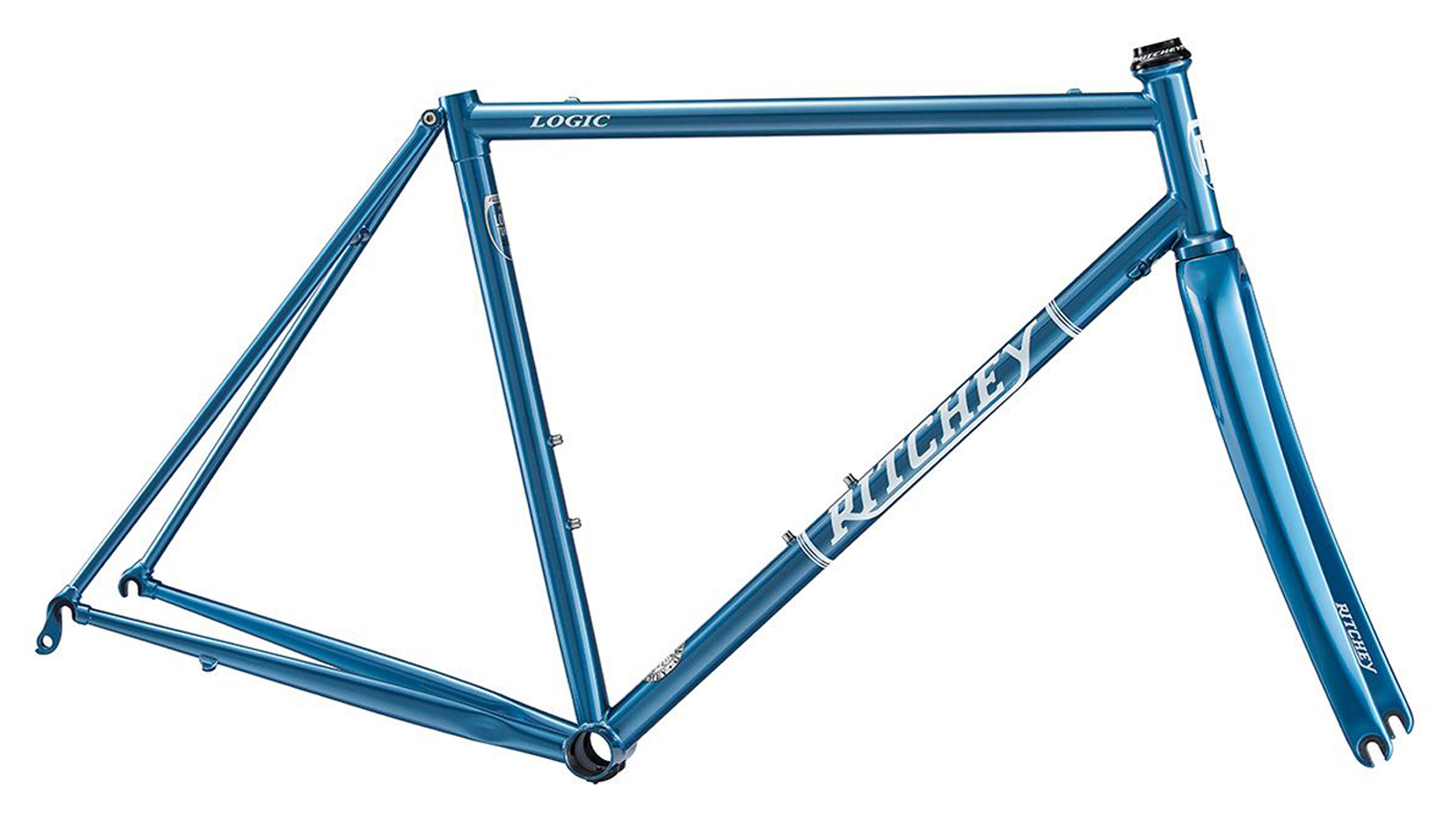
Ritchey Logic Road
Specifications
Reasons to buy
Reasons to avoid
Tom Ritchey has been making bikes for nearly 50-years, and the latest edition of the Road Logic takes much of the classic steel roadies we all know and love and brings a bit of modern flair.
The frame is made using all-new heat-treated and triple-butted tubing. Ritchey says this tubing features aggressively short butted sections that save weight, improve ride quality and are optimised for TIG welding. The Road Logic’s carbon fork flows into the proprietary forged and machined, integrated head tube, which now uses standard drop-in bearings — claimed to save 80g over the previous design.
Only available as a frameset through Ritchey, the Road Logic is claimed to weigh 1769g and has room for up to 30mm tyres.
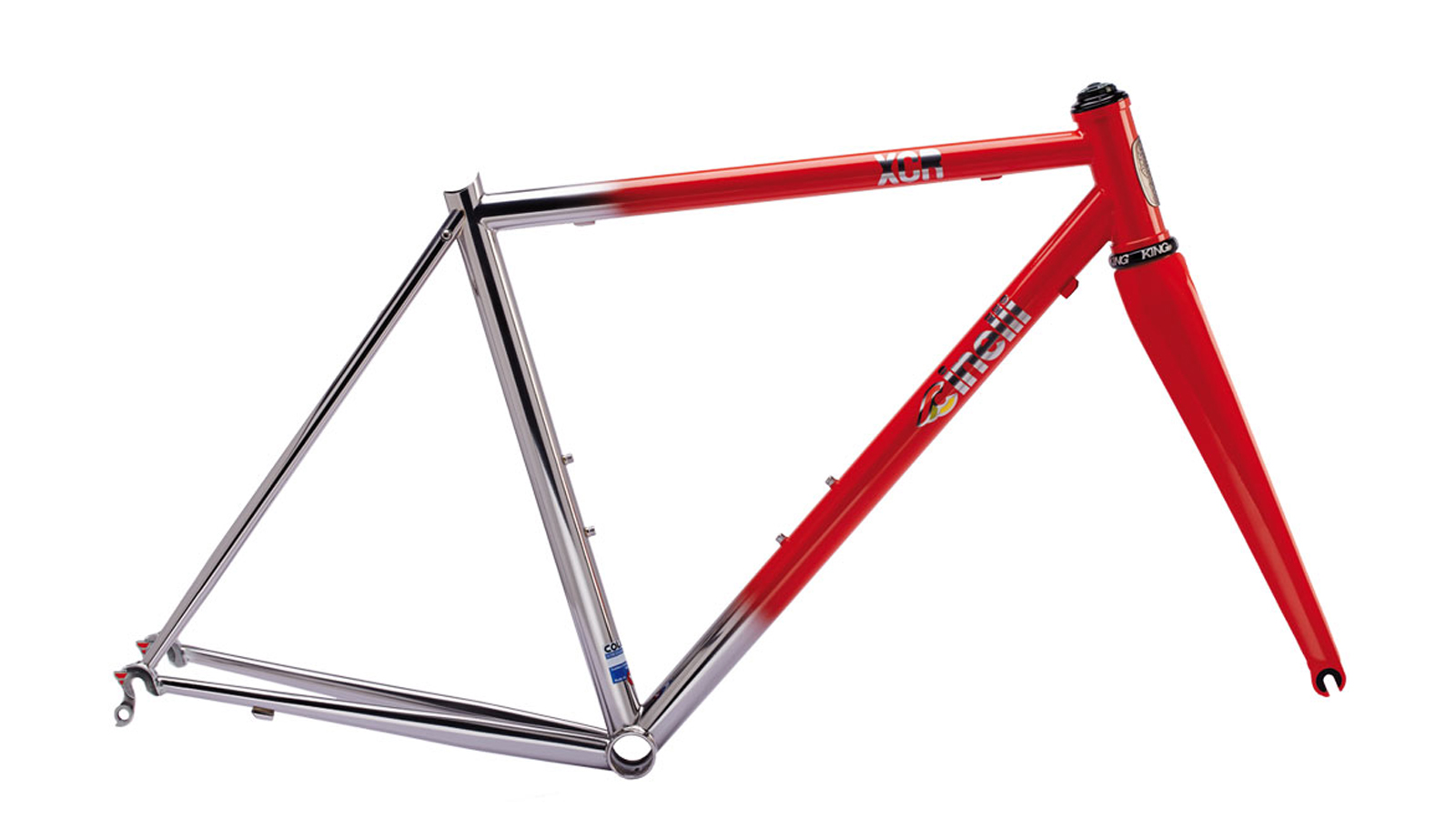
Cinelli XCR
Specifications
Reasons to buy
Reasons to avoid
Made from biphasic seamless stainless steel tubing, the XCR is the crown jewel in historic Italian outfit, Cinelli's range. According to the brand, the tubing is manufactured with plenty of chromium, molybdenum and nickel to enhance its resistance to cracking, particularly during welding. Cinelli also says this tubing creates an 'elastic response' improving handling characteristics and creating more road feel.
Each frame is hand made to order in Italy and features an oversized 44mm headtube, and a Columbus FEL monocoque fork. Claimed to tip the scales at 1650g in a size medium, Cinelli has updated the rear stays and dropouts to create a more robust connection with the wheel.
The frame itself is available in five sizes; however, Cinelli does offer custom geometry. Regardless of if you go bespoke or off-the-rack, you'll need to wait between three and six weeks for your frame to be made depending on where in the world you live.
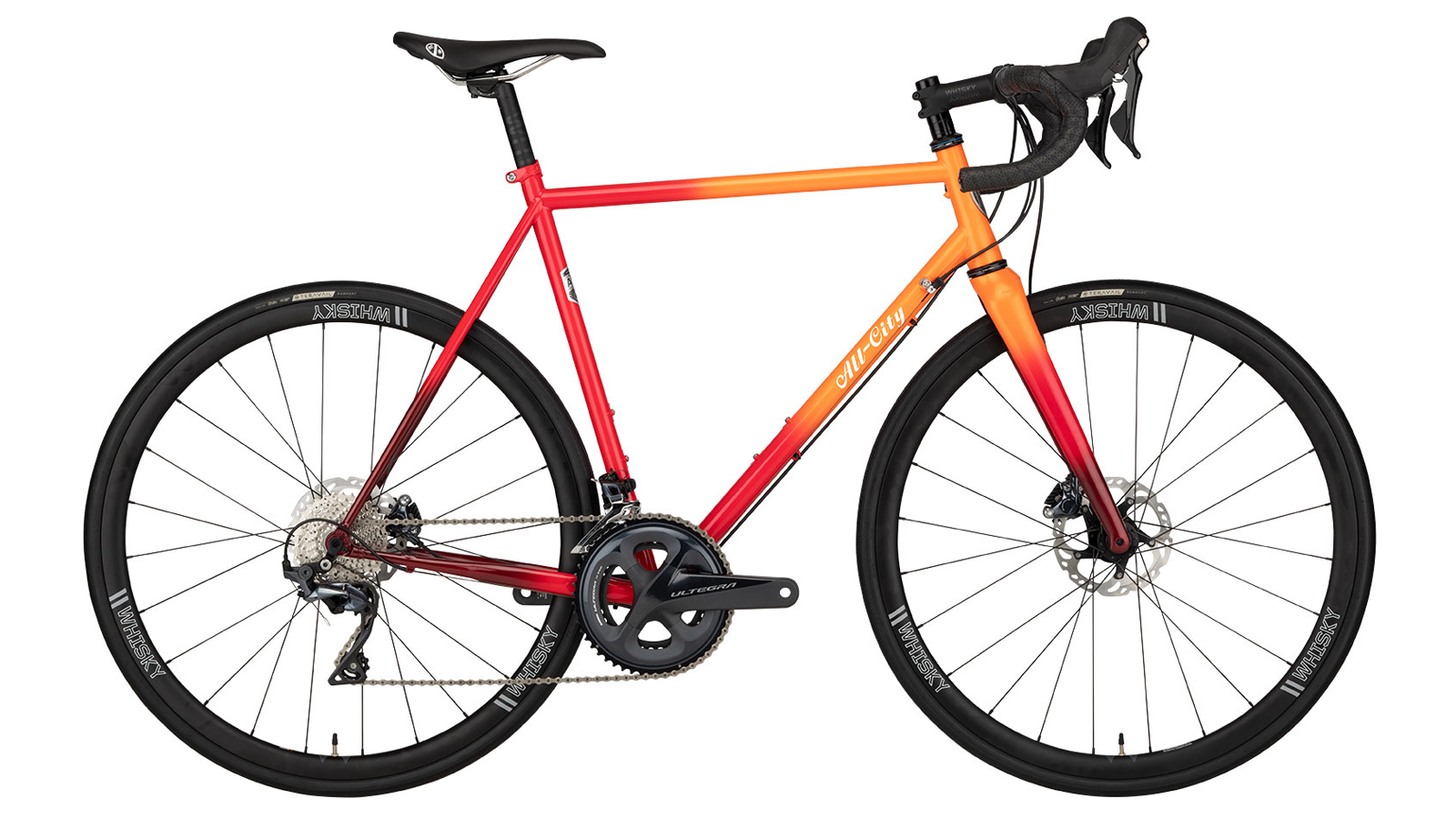
All-City Zig Zag
Specifications
Reasons to buy
Reasons to avoid
All-City Cycles calls its Zig Zag an 'all-weather' road bike. With eye-catching fade paintwork, the Zig Zag is made of the brand's proprietary A.C.E. air-hardened extruded steel tubing. The Zig Zag also sees All-City's signature dropouts, and the frame is the brand's first foray into flat-mount disc brakes.
At the front is the brand’s Whisky No.9 carbon fork which is compatible with full coverage fenders and has a tapered steerer tube. All-City says the Zig Zag will accept up to 35mm tyres front and rear.
The geometry is decidedly endurance-focused with a 72-degree head angle, 73-degree seat angle, and stack and reach figures of 583mm and 389 respectively in a size 55. According to All-City, the Shimano Ultegra build weighs 9.57kg.
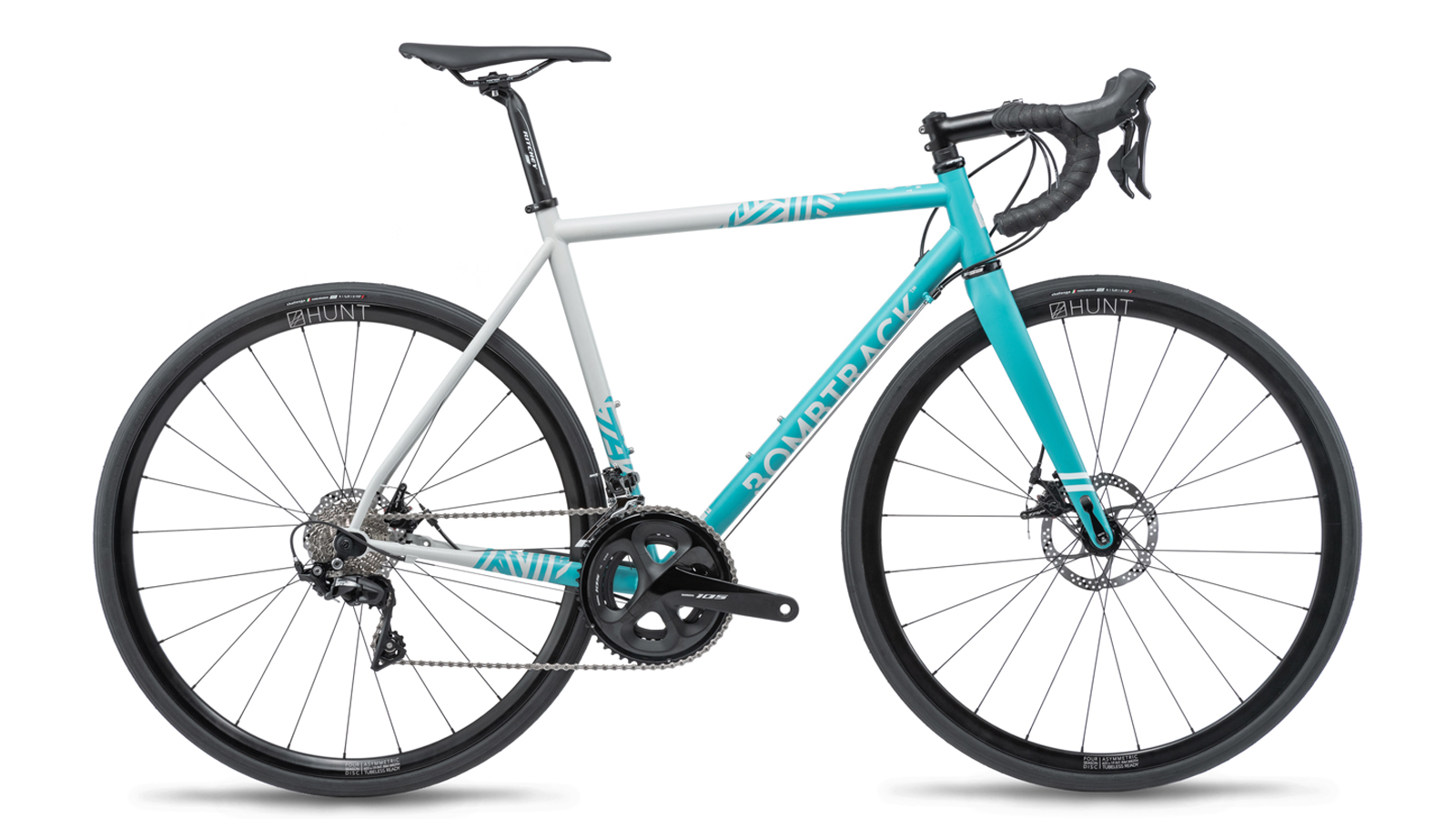
Bombtrack Tempest
Specifications
Reasons to buy
Reasons to avoid
Bombtrack has updated the Tempest with a more aggressive crit-focused geometry. The brand says it used input from team riders, tweaking angles to be more race-specific, while still forgiving enough for an all-day epic.
For the latest version of the Tempest, Bombtrack has swapped from Reynolds 725 to double-butted Columbus Cromor steel tubing, making for a claimed frame weight of 1579g.
Complete with a full Shimano 105 drivetrain, Bombtrack has opted for a T47BB for maximum crank compatibility and generous bottom bracket shell real estate. Available exclusively with disc brakes, the Tempest is finished with a set of Hunt 4Season carbon wheels and 27mm Challenge Paris-Roubaix tyres.
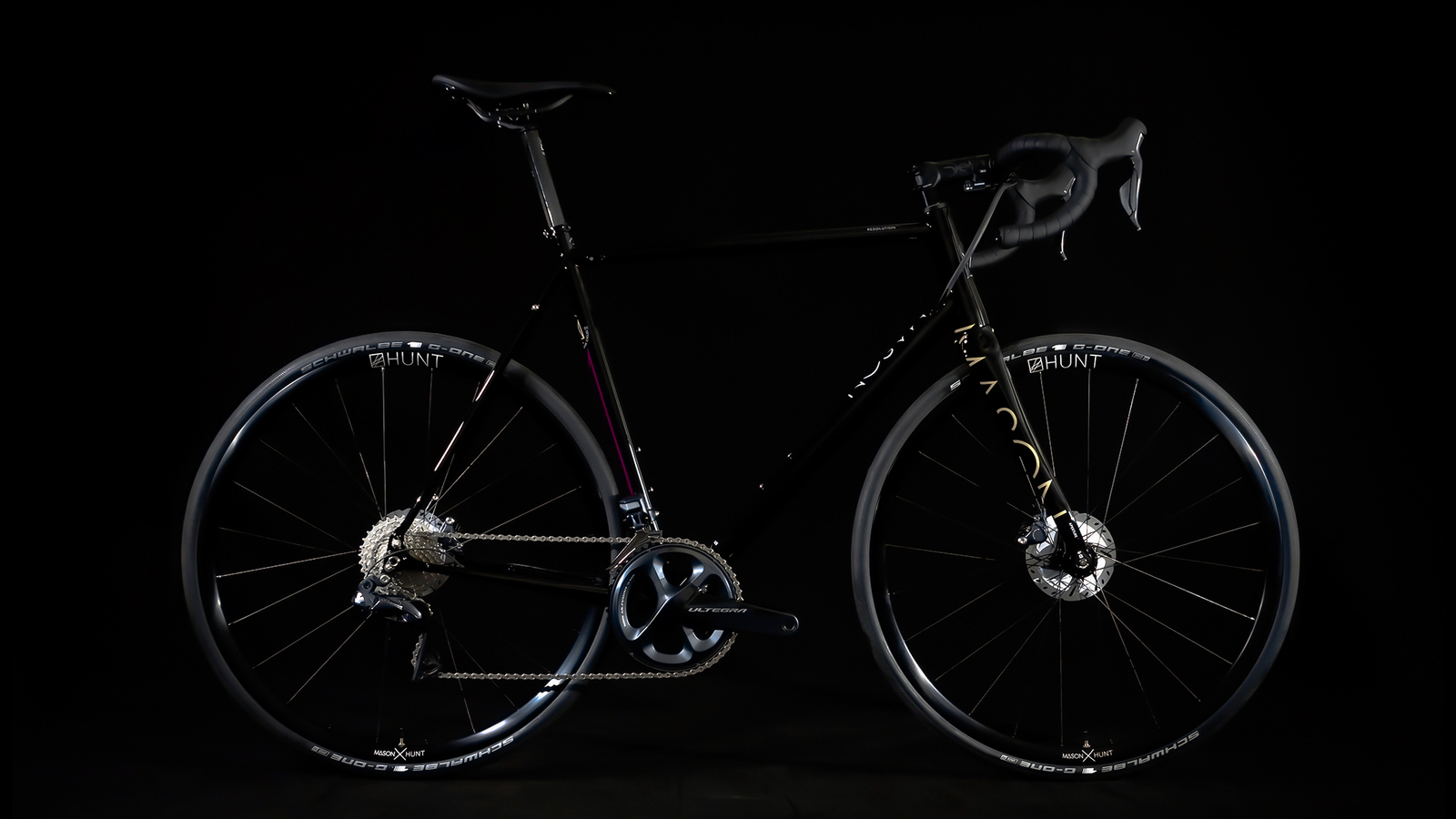
Mason Resolution2 Ultegra Di2
Specifications
Reasons to buy
Reasons to avoid
As a relatively new player, Mason Cycles has continued to impress with its alloy and steel frames, and the Resolution 2 is no exception. Based around Columbus Spirit and Life steel tubing, the frame features endurance geometry and excels over pristine tarmac, chip seal and even a bit of gravel, too.
The frames are hand made in Italy and feature internal cable routing, mounts for racks and mudguards, and a new CNC machined dropout designed to play nice with flat-mount disc brakes. At the front, the Resolution2 sees Mason's Aperture 2 full carbon fork and the frame has room for up to 30mm tyres at both ends.
No matter the drivetrain spec, each model comes with a set of Hunt 4Season Disc V2 wheels and Deda finishing kit.
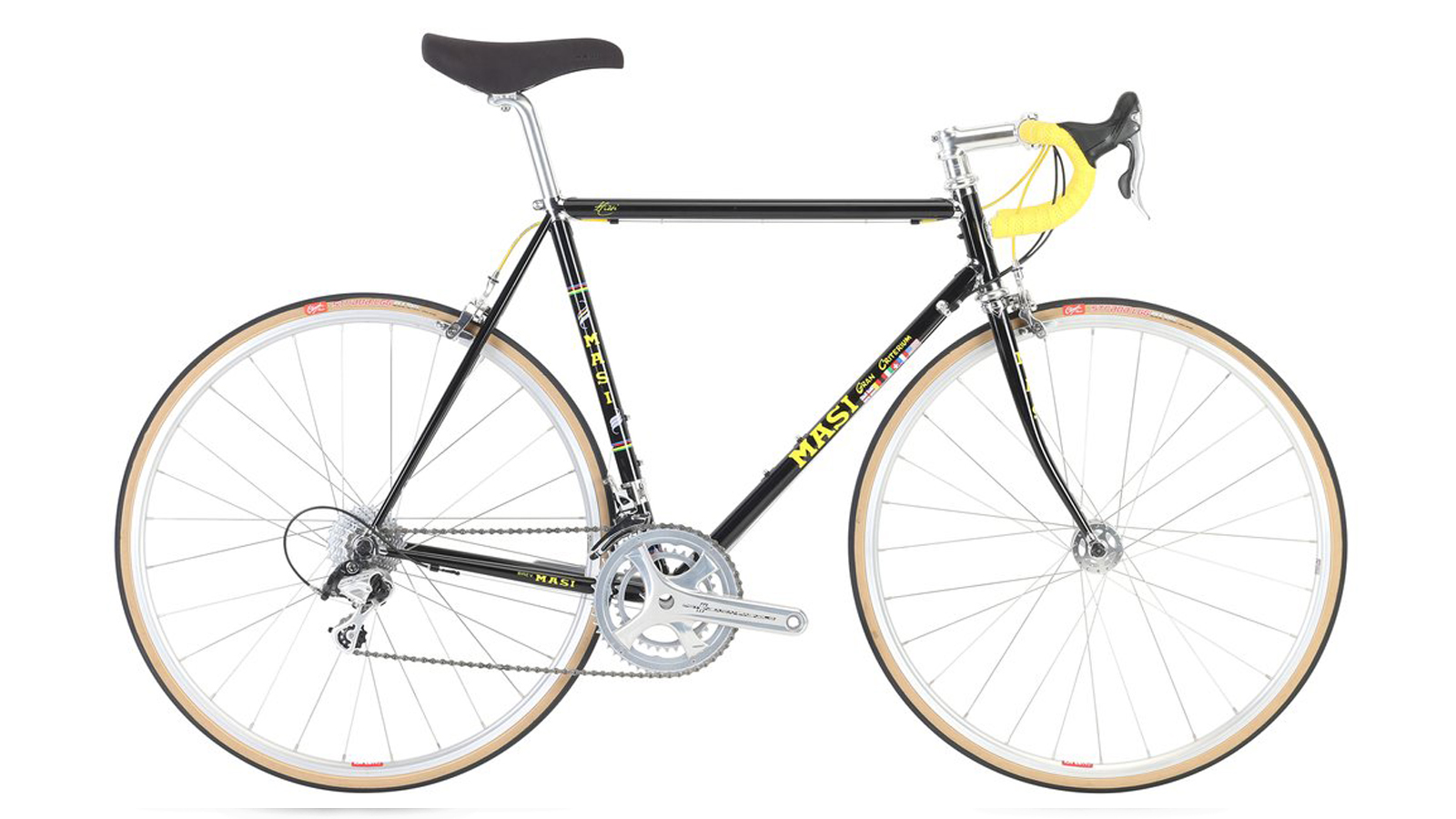
Masi Gran Criterium Moderno
Specifications
Reasons to buy
Reasons to avoid
Just like Dave Stoller, we love the Masi Gran Criterium. Masi has taken its classic steel roadie and added a few of the luxuries we enjoy on modern bikes while still maintaining the vintage aesthetic.
With a lugged construction, the frame is made from Columbus Cromor steel tubing and features a 1-1/8" head tube, and a lugged Chromoly fork. You won't find downtube shifters here, instead, Masi has specced the Gran Criterium Moderno with a Campagnolo Potenza groupset and threadless stem.
To finish the classic look, the Brev. M Classic road rims are complete with high flange sealed bearing hubs which are wrapped in Clement skinwall tyres.
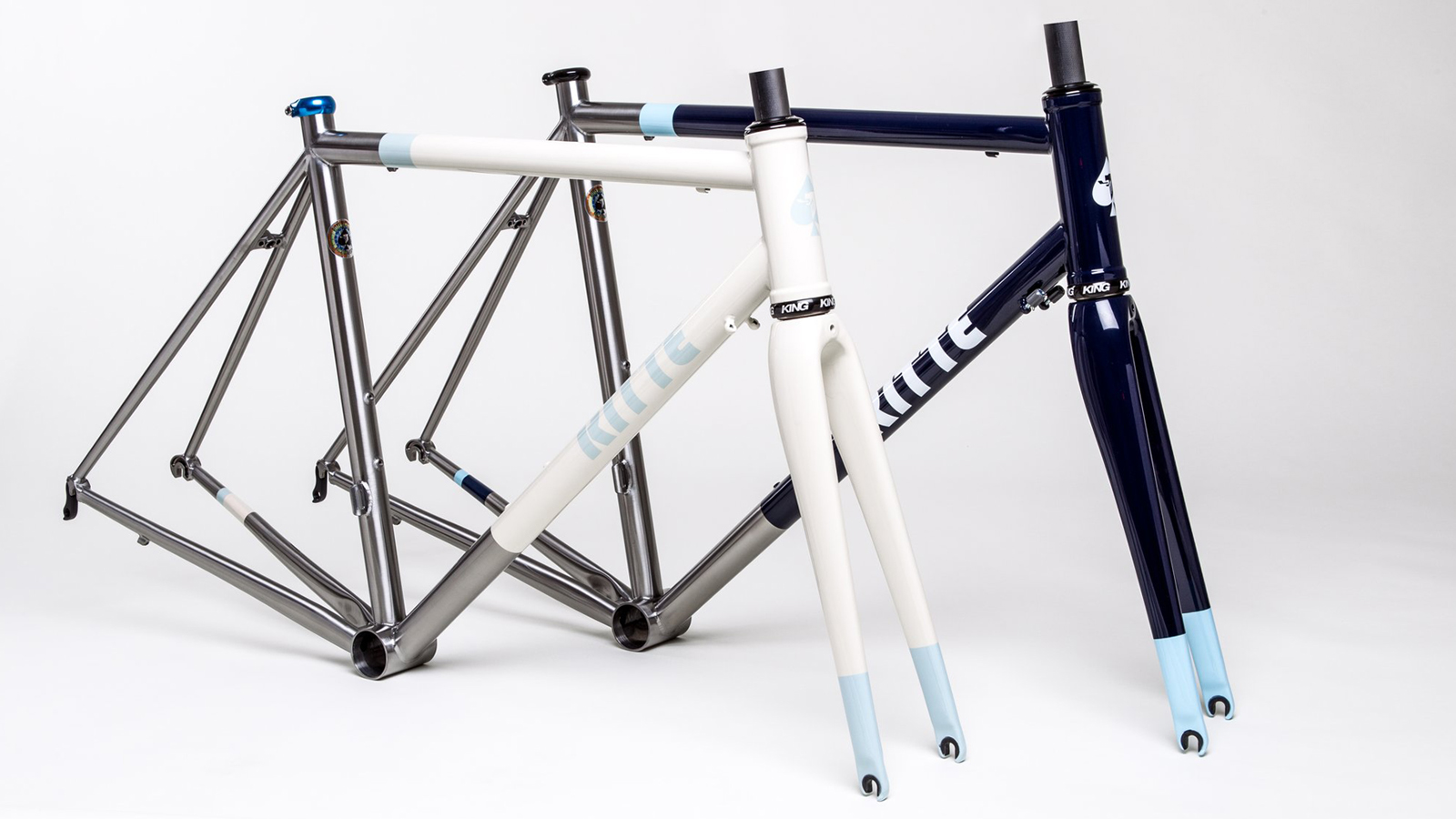
Ritte Snob
Specifications
Reasons to buy
Reasons to avoid
Ritte is one of those brands that a lot of people don't quite understand. Cycling can sometimes feel like a world of serious people doing serious things, and LA-based Ritte is that goofy kid in the back of the class making memes, but still getting good grades — heck, the brand is named after a rider who stopped mid Tour of Flanders for a couple of cold ones and still managed to win on a borrowed bike.
The Snob is Ritte's stainless steel model, which came to be simply because the brand's founder loves steel bikes. The frame is tig welded except for the rear brake bridge which is brazed, and the frame sees modern tube sizes and shapes, drop-in headset bearings and a sizeable PF30 BB shell.
While the Snob is manufactured in Asia, they are not mass-produced, with only one frame made per day, and it shows in the quality of the welds. Available in both disc and rim brake versions, the former comes with a Shimano Ultegra mechanical group, and Hunt alloy road wheels.
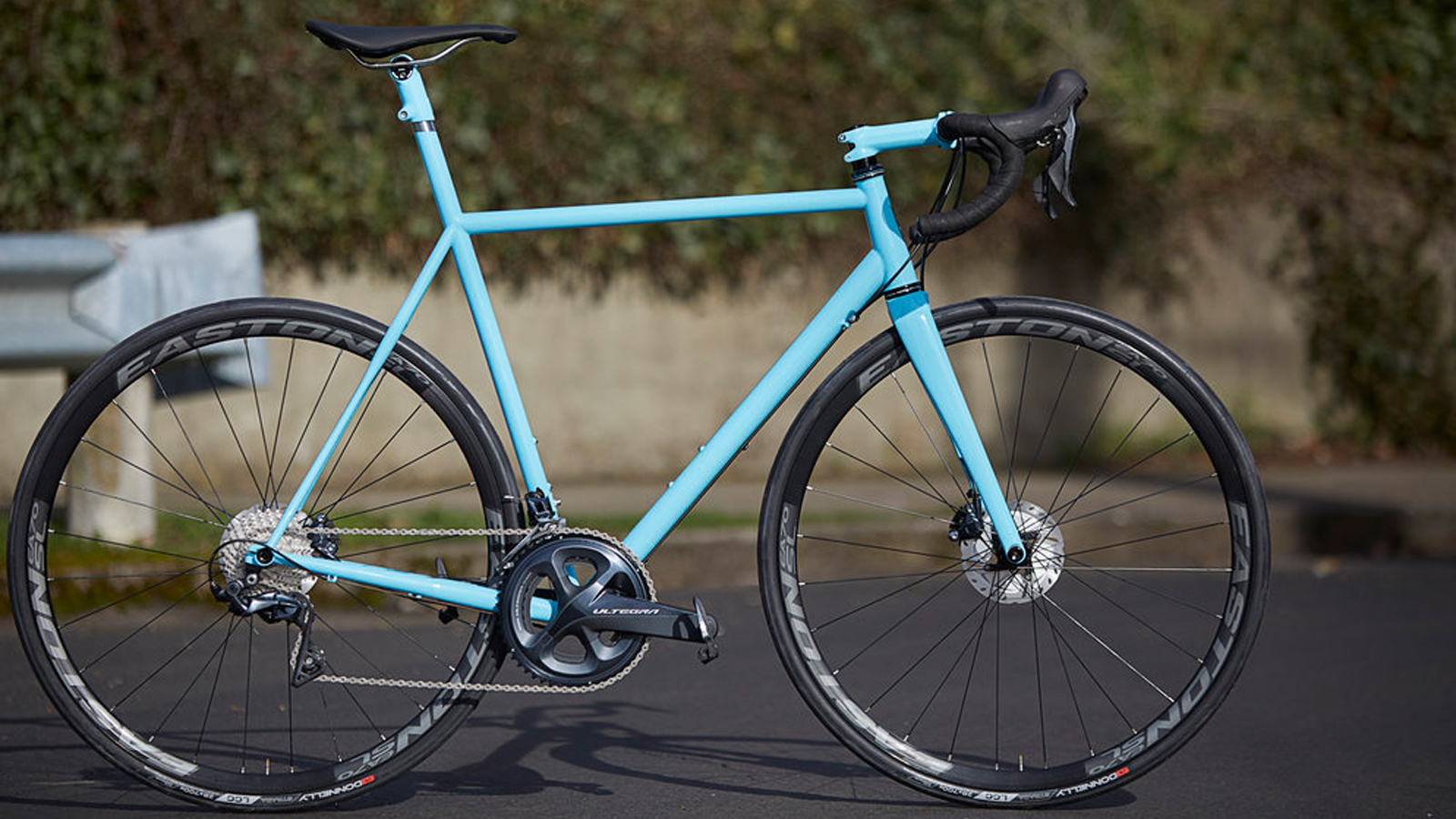
Speedvagen OG1 Disc
Specifications
Reasons to buy
Reasons to avoid
For quite some time, Vanilla Workshop's Speedvagen bikes were strictly custom made, however, Sacha White and his crew have taken what they've learned over many years making custom bikes and are offering 'ready-made' frames. Speedvagen builds its ready-made frames in batches based on size, the OG1 features an all-rounder type geometry, with 542mm of stack and 382mm of reach in a size 54.
Even though the ready-made frames aren't custom, the OG1 Disc still has all the hallmark features you expect from a Speedvagen, like a tapered headtube, Berzerker Dropouts, curvy seat stays, and the seat mast with ENVE cap.
The frame is made from a mix of alloys from True Temper and Columbus, which the brand says allows for thinner walls without losing any strength or stiffness.
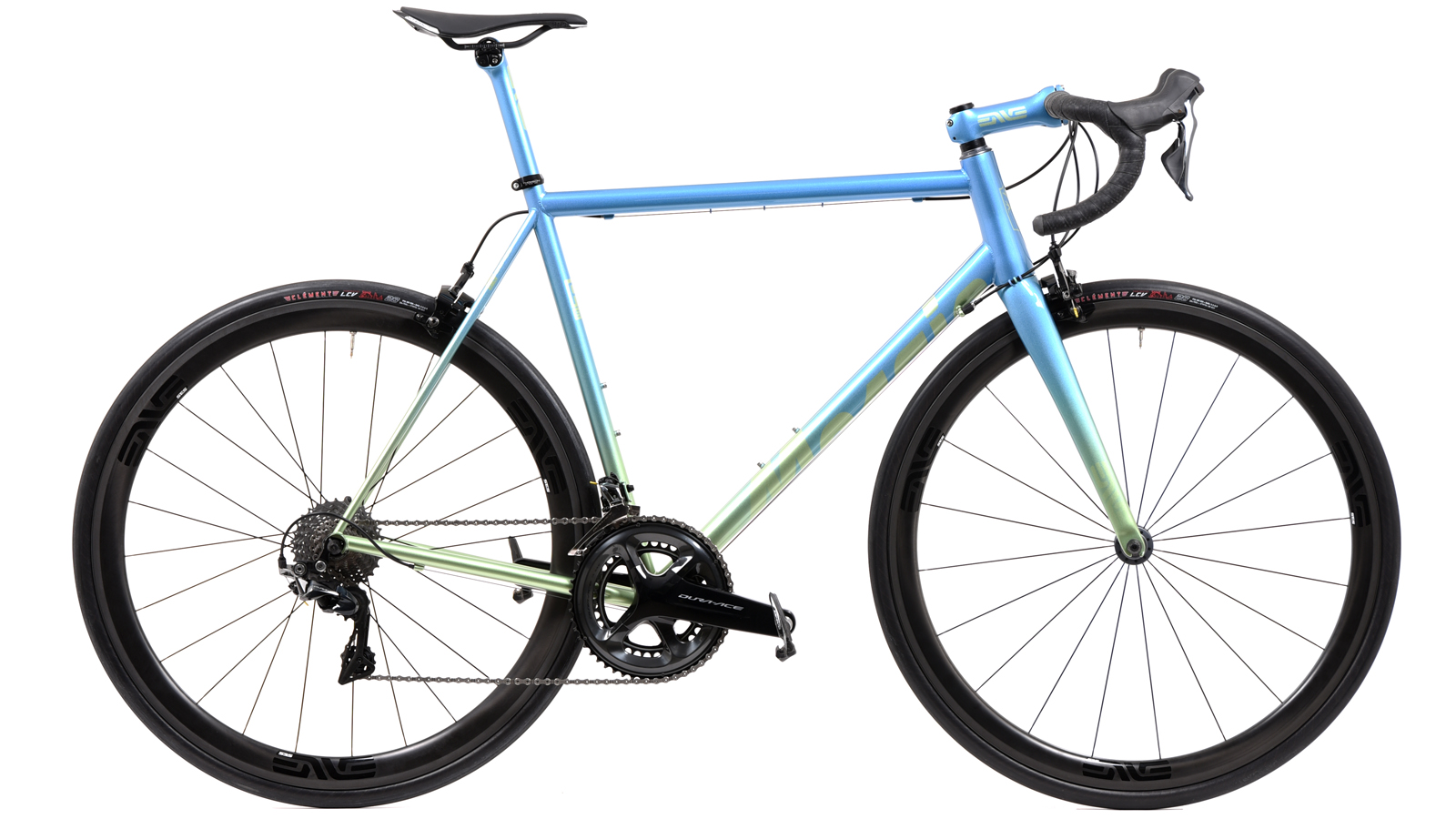
Mosaic RS-1
Specifications
Reasons to buy
Reasons to avoid
Boulder-based Mosaic Cycles has just launched a new high-performance steel frame, the RS-1. Available in rim- and disc-brake versions, the frame is made using oversized Columbus Spirit HSS tubing, and the bike is complete with a tapered steerer tube, creak free threaded bottom bracket, and provisions for both mechanical and electronic shifting.
The new RS-1 has no shortage of old school finishing like the 'star' cable ports and bottle boss reinforcements, a braze-on front derailleur mount and an integrated derailleur hanger.
The RS-1 is a fully bespoke frame, with custom geometry, the choice of paint layouts and 45 colours, all with a six-week lead time.
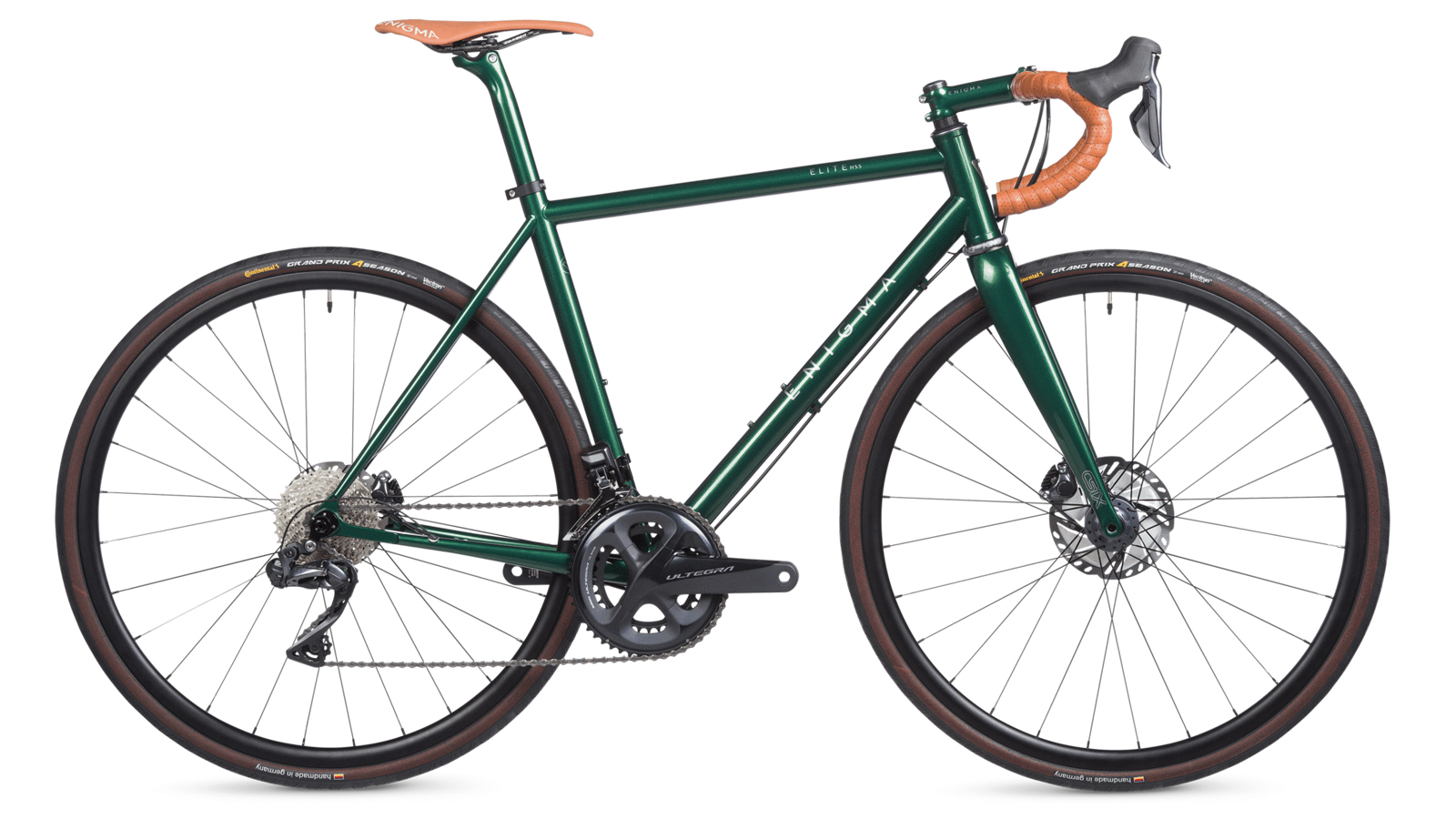
Enigma Signature Elite HSS
Specifications
Reasons to buy
Reasons to avoid
British outfit Enigma is best known for its Titanium frames; however, it is no slouch when it comes to steel. The Elite HSS is the brand's made-to-order steel bike that's made from Columbus Spirit HSS tubing.
Available in both rim and disc brake versions, the Elite features a middle-of-the-road geometry that will happily plod along for hours on end, or rub elbows in a bunch sprint. The geometry, along with a range of other upgrades like internal cable routing or a T47BB can be added for an additional cost. With oversized tube profiles all around, the downtube is a beefy 44mm in diameter, which combined with a tapered head tube makes for a solid frame.
While Enigma says it has designed the frame around the latest wide rims and tyres, the brand says it will only take up to 28mm rubber.
What to look for in a steel road bike
1. Brazed, lugged, or welded
Steel frames are made up of cut-to-length tubing, which will be bonded together in one of three ways.
Brazing uses a filler metal like brass or silver, which is heated to just above its melting point and spread onto a tubing joint, and when it cools joins the tubes together. In this process the tubing itself never changes state, only the filler metal does. The builder will drench the joints in the liquid metal and then sculpt and sand the material back into a clean joint.
In lugged frames, the tubing is inserted into a sleeve and then brazed in place. Lugs reinforce the joint and distribute the filler material over a larger area through capillary action — some custom builders shape the ends of lugs into decorative forms to add their own flair. Lugged bikes are not only steel, Colnago has been making lugged carbon road bikes for many years, while bespoke makers like Australian outfit Bastion cycles use 3D-printed titanium lugs and filament-wound carbon tubing.
Welding, on the other hand, melts both the filler material and the ends of the tubing, then when everything cools to room temperature, they are a single form. The most common method used is TIG (tungsten inert gas) welding.
2. Hi-tensile and Chromoly Tubing
The vast majority of steel bikes are made with Reynolds or Columbus tubing. This tubing is made from a variety of different grades of steel, but they can be divided into two camps, hi-tensile and chromoly tubing.
Hi-tensile tubing tends to be found on lower-end bikes and is generally weaker than chromoly, meaning more needs to be used to achieve the same strength. Like aluminium tubing, steel can be butted, meaning wall thickness can vary over the length of the tube. With a bit of extra brawn, chromoly tubing can be butted and achieve the same strength, with less weight.
Get The Leadout Newsletter
The latest race content, interviews, features, reviews and expert buying guides, direct to your inbox!
Based on the Gold Coast of Australia, Colin has written tech content for cycling publication for a decade. With hundreds of buyer's guides, reviews and how-tos published in Bike Radar, Cyclingnews, Bike Perfect and Cycling Weekly, as well as in numerous publications dedicated to his other passion, skiing.
Colin was a key contributor to Cyclingnews between 2019 and 2021, during which time he helped build the site's tech coverage from the ground up. Nowadays he works full-time as the news and content editor of Flow MTB magazine.